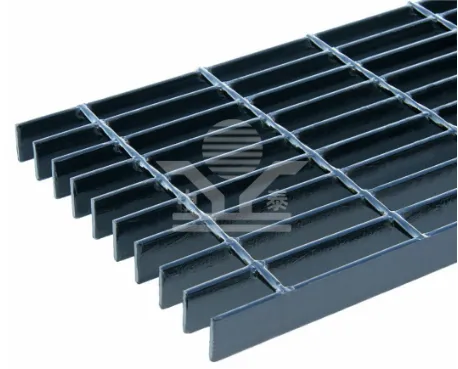Mac . 04, 2025 07:37
Back to list
metal perforated mesh
Noise barriers are critical components designed to combat the adverse effects of noise pollution that plague urban and suburban landscapes. Understanding the intricate ways in which these barriers function offers insight into their importance, underscoring both their effectiveness and the scientific principles that underpin their design.
Over the years, innovative designs have emerged, enhancing the functionality of noise barriers. Incorporating greenery into the design, known as green barriers, merges noise reduction with visual aesthetic and environmental benefits. Plants and shrubs on or around barriers do not only absorb sound; they also offer a pleasant visual distraction from industrial or highway settings, helping reduce perceived noise significantly. Furthermore, advances in noise barrier technologies have seen the integration of smart materials. These materials exhibit dynamic properties that change in response to environmental stimuli, such as noise frequency levels. Such advancements allow for adaptive noise barriers, providing real-time noise reduction tailored to fluctuating environmental conditions. Beyond technological considerations, noise barriers also play a pivotal role in community welfare and public health. Continuous exposure to elevated noise levels has been linked to a range of health issues, including stress, sleep disturbances, and even cardiovascular problems. Noise barriers thus contribute to creating healthier living environments, which in turn can lead to improved wellbeing and enhanced quality of life for residents living near noisy infrastructure. Trust in noise barrier solutions is built on documented success stories, backed by scientific research and tested engineering principles. As urban areas continue to sprawl and traffic volumes increase, reliance on effectively designed noise barriers will only grow. These structures are testament to the intersection where science meets environmental and societal needs, fulfilling an essential role in modern urban planning. Ultimately, the value of noise barriers extends beyond mere sound mitigation. They symbolize a commitment to sustainable urban development, balancing the demands of infrastructure with the imperative of maintaining livable, pleasant urban environments. While methodologies and materials may evolve, the fundamental principles underpinning noise barrier effectiveness will continue to guide their development and implementation in years to come.


Over the years, innovative designs have emerged, enhancing the functionality of noise barriers. Incorporating greenery into the design, known as green barriers, merges noise reduction with visual aesthetic and environmental benefits. Plants and shrubs on or around barriers do not only absorb sound; they also offer a pleasant visual distraction from industrial or highway settings, helping reduce perceived noise significantly. Furthermore, advances in noise barrier technologies have seen the integration of smart materials. These materials exhibit dynamic properties that change in response to environmental stimuli, such as noise frequency levels. Such advancements allow for adaptive noise barriers, providing real-time noise reduction tailored to fluctuating environmental conditions. Beyond technological considerations, noise barriers also play a pivotal role in community welfare and public health. Continuous exposure to elevated noise levels has been linked to a range of health issues, including stress, sleep disturbances, and even cardiovascular problems. Noise barriers thus contribute to creating healthier living environments, which in turn can lead to improved wellbeing and enhanced quality of life for residents living near noisy infrastructure. Trust in noise barrier solutions is built on documented success stories, backed by scientific research and tested engineering principles. As urban areas continue to sprawl and traffic volumes increase, reliance on effectively designed noise barriers will only grow. These structures are testament to the intersection where science meets environmental and societal needs, fulfilling an essential role in modern urban planning. Ultimately, the value of noise barriers extends beyond mere sound mitigation. They symbolize a commitment to sustainable urban development, balancing the demands of infrastructure with the imperative of maintaining livable, pleasant urban environments. While methodologies and materials may evolve, the fundamental principles underpinning noise barrier effectiveness will continue to guide their development and implementation in years to come.
Latest news
-
The Strength and Versatility of Aluminum Expanded Metal Mesh
NewsJun.10,2025
-
Safety Guards and Machine Enclosures Using Expanded Mesh
NewsJun.10,2025
-
Performance with Round Hole Perforated Mesh in Wall Panels
NewsJun.10,2025
-
How Steel Grating Trench Covers Distribute Weight Efficiently
NewsJun.10,2025
-
How Deck Mesh Railing Enhances Backyard Aesthetics
NewsJun.10,2025
-
Comparing Bar Thickness and Spacing in Steel Grating
NewsJun.10,2025
Subscribe now!
Stay up to date with the latest on Fry Steeland industry news.
Email addressSIGN UP

